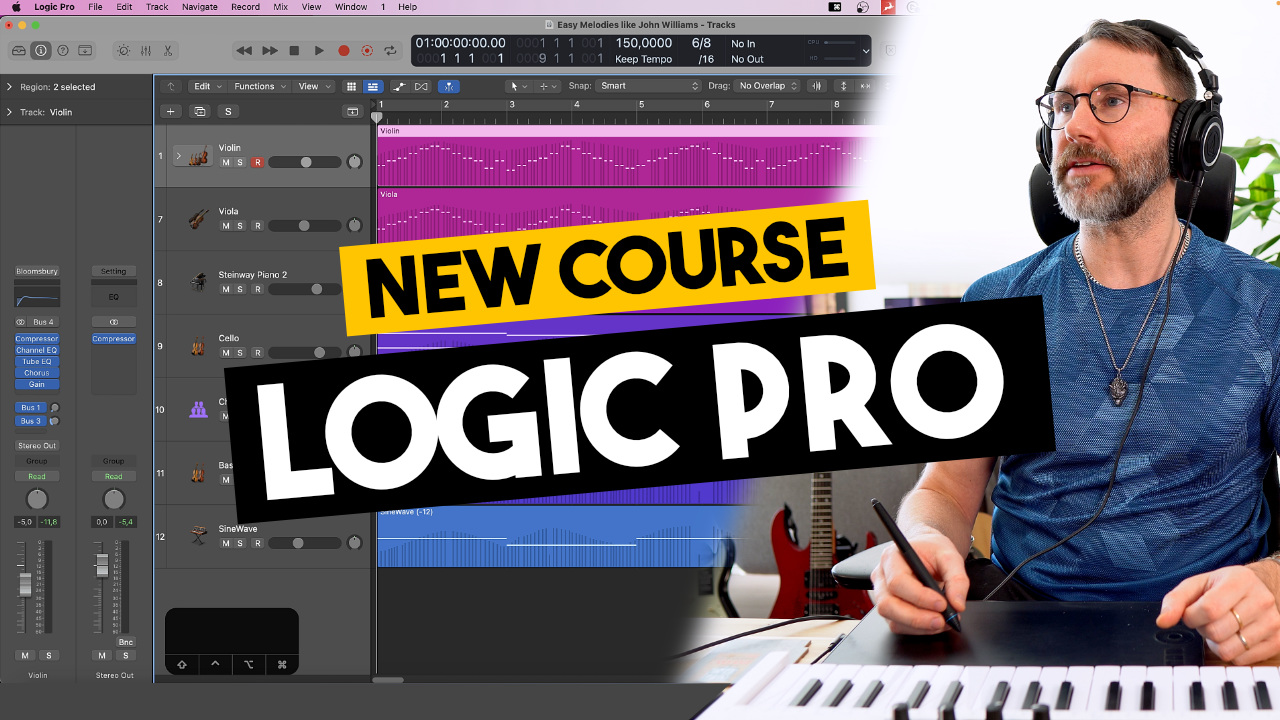Writing a song is a creative process that requires a combination of talent, inspiration, and technique. Whether you are a seasoned musician or a beginner, the process of creating a song can be both rewarding and challenging. In this article, we’ll take a look at some tips and techniques for writing a song, including how to choose chords and notes, construct a melody, and bring your ideas to life.
Introduction: Understanding the Components of a Song
First, let’s start with the basics. A song is typically made up of three main components: the lyrics, the melody, and the chords. The lyrics tell a story or convey a message, the melody is the tune that carries the song, and the chords provide the underlying structure and harmonic foundation.

Choosing the Right Key and Scale
When it comes to choosing chords and notes for your song, it’s important to consider the key and scale that you want to use. A key is a group of notes that form the basis of a musical composition, while a scale is a series of notes that are played in ascending or descending order. Major and minor scales are the most common, and each has its own distinctive sound.
Experimenting with Chord Progressions
Once you have chosen the key and scale for your song, you can start to experiment with different chord progressions. A chord progression is a series of chords played in a specific order, and it can have a big impact on the overall feel and mood of a song. Some common chord progressions include the I-IV-V, the ii-V-I, and the iii-vi-IV-V. You can use a chord chart or a chord progression generator to help you come up with ideas.
Example of chord chart:

Crafting a Memorable Melody
Next, it’s time to start crafting your melody. A melody is a sequence of single notes that are played or sung in a specific order, and it is an important part of what gives a song its character and identity. When writing a melody, it’s important to consider the range, rhythm, and phrasing of the notes. You can use a musical notation software or a piano keyboard to help you sketch out your ideas.
As you work on your melody, it can be helpful to think about the lyrics and the emotion you want to convey. The melody should complement the lyrics and help to bring your message to life. You can also try singing or humming your ideas to get a sense of how they sound.

Bringing Your Song to Life with Digital Audio Workstations and Collaboration
Finally, it’s time to bring your song to life. You can use a digital audio workstation (DAW) to record and arrange your song, or you can collaborate with other musicians to add additional layers and instrumentation. Don’t be afraid to experiment and try out different ideas – the creative process is all about exploration and discovery.
Conclusion: Tips for Becoming a Proficient Songwriter
Writing a song can be a challenging but rewarding process. By following these tips and techniques, you can bring your ideas to life and create a song that truly reflects your vision and artistic style. With practice and dedication, you can develop your skills and become a proficient songwriter.
Learn more about music theory in this next article and video.

















